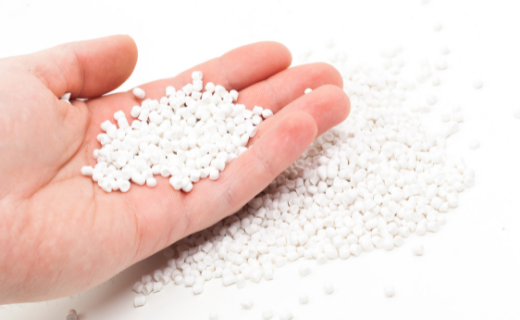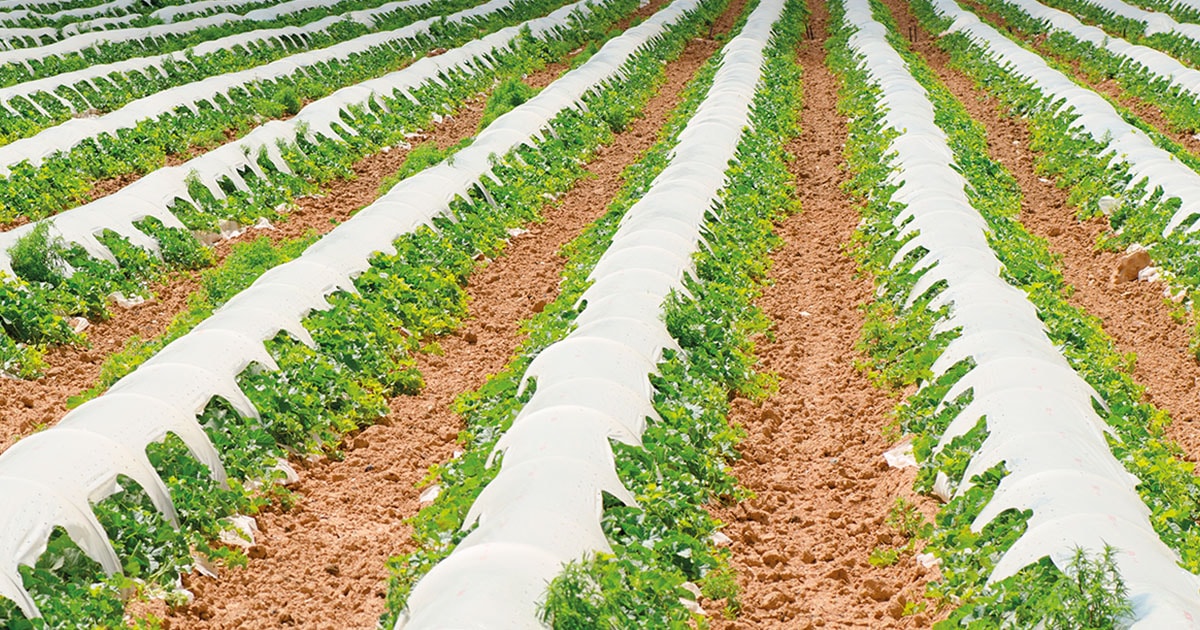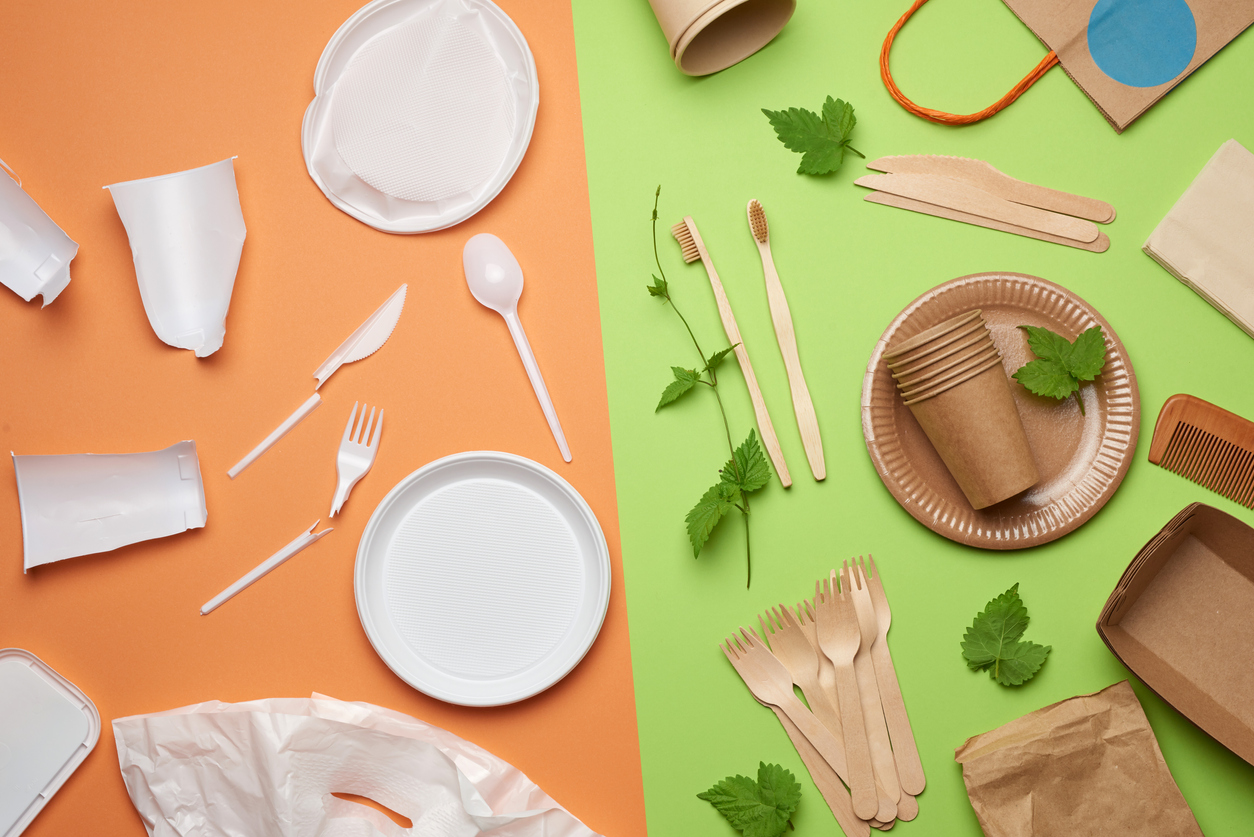Bioplastic – the new “it” material in plastic manufacturing
Bioplastic – the new “it” material in plastic manufacturing
In the wake of the plastic pollution crisis, it is crucial to find novel ways to extensively monitor the use of plastics and to detect ecological changes early. Bio-based plastic, also known as bioplastic, has been found to be an effective way of observing the aggregate effect of environmental fluctuations caused by plastic pollution. It is a plastic material produced from a combination of traditional oil-based polymer and renewable biomass sources, such as vegetable fats and oils, corn starch, etc. In the wake of the plastic pollution crisis, it is crucial to find novel ways to extensively monitor the use of plastics and to detect ecological changes early. Bio-based plastic, also known as bioplastic, has been found to be an effective way of observing the aggregate effect of environmental fluctuations caused by plastic pollution. It is a plastic material produced from a combination of traditional oil-based polymer and renewable biomass sources, such as vegetable fats and oils, corn starch, etc.
Researchers have predicted that the use of bioplastics will increase by 20% to 25% every year as more consumers become more aware about environmental issues, and begin to prefer bioplastics products as alternatives to oil-based plastics. According to a report done by the World Wildlife Fund (WWF), the popularity of internet searches for sustainable goods around the world has increased by 71% in just five years, and it continued to grow even during the COVID-19 pandemic.
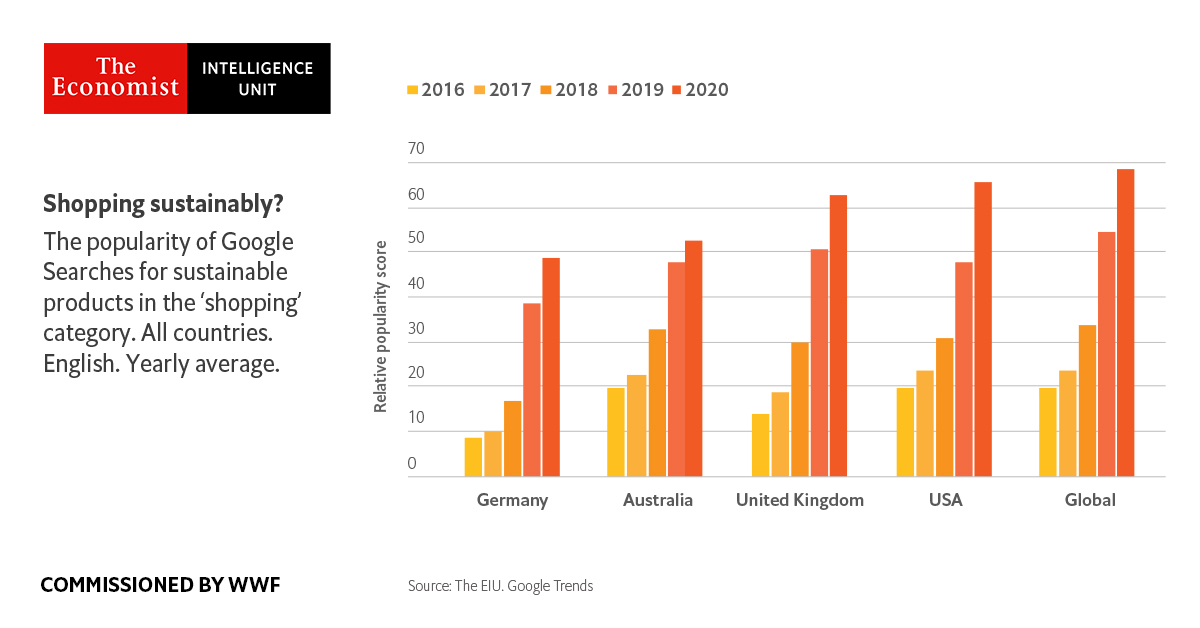
Consumer preference is driving entire industries to change, and no market or sector is unaffected.” -
World Economic Forum
Various industries have anticipated the increased demand for environmentally-friendly products and have started to pick up the trend on sustainability. The Tokyo Olympic Games 2020 partnered with hockey fields supplier to develop a “Bioplastics Hockey Field”. In fashion, designer Phillip Lim collaborated with researcher Charlotte McCurdy to create a 100% bioplastic seagreen dress, which represents the deconstruction and reconstruction of marine ecosystems.

Owing to the fact that plastics can be used in almost everything in the hospital setting with consumables like syringes and tubing, medical-grade gloves, and even trays and cups used by patients, the healthcare industry has shown strong demand for bioplastics. Each product represents an opportunity for bioplastic to reduce waste produced by the hospital.
While environmentalists are still debating if bioplastics are truly helping to reduce plastic pollution issues, researchers in Japan have chemically recycled bioplastics into nitrogen-rich fertilizer.
World’s first palm stearin biohybrid resin
In line with the Malaysian government’s initiative to drive the nation towards a more sustainable trajectory, Gaia Greentech, a biotechnology company, has launched its latest product development – eJau™.
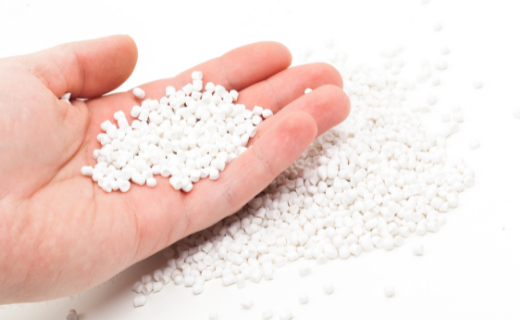
eJau™ is the world’s first biohybrid polymer resin that uses a combination of palm stearin and polyolefin, offering the plastic manufacturing industry a new sustainable option. This innovate biohybrid resin will allow manufacturers to increase the renewable material content in the production of various plastic products, such as plastic bags, plastic bottles, industrial bins, agricultural mulch and many other applications.
With many manufacturers now adapting bioplastic into the production of various products, we can expect to see many new breakthroughs as various industry players are taking this great opportunity to drive growth and increase competitive agility.
